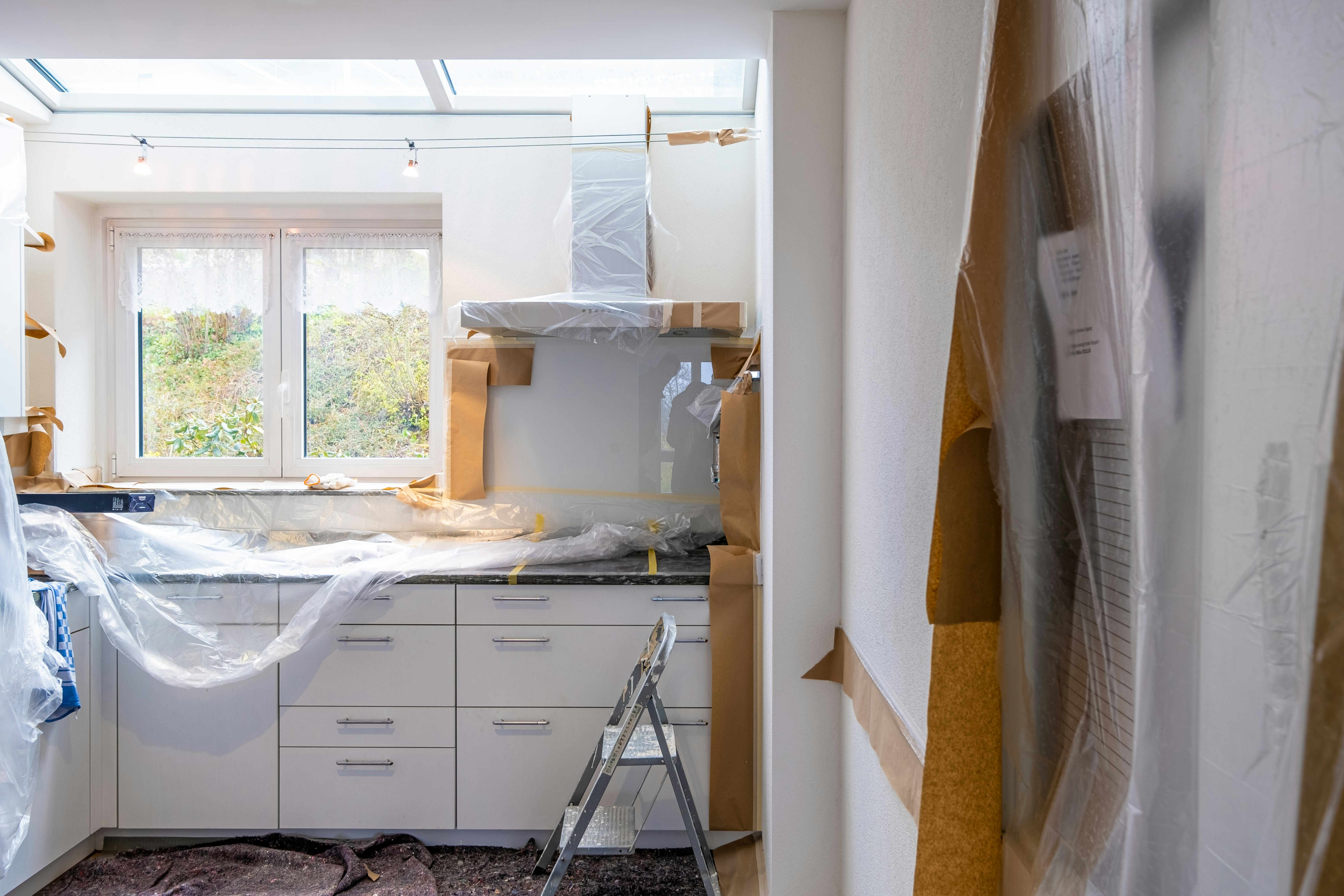Elevate Your Kitchen Style with These Two-Color Cabinet Combinations
Looking to refresh your kitchen without a full remodel? Discover how two-color combinations for cabinets can create a high-end, balanced look that adds depth, contrast, and modern appeal to your space while complementing a wide range of kitchen styles.

What Makes Two-Color Combinations Popular for Modern Kitchen Cabinets?
Two-color cabinet combinations have surged in popularity because they break away from the traditional monochromatic approach that can feel flat or monotonous. This design strategy allows homeowners to incorporate multiple design elements while maintaining cohesion throughout the space. The technique creates natural zones within your kitchen, helping to define different functional areas like cooking, storage, and dining prep spaces.
Modern homeowners appreciate the flexibility that two-tone cabinets provide. You can highlight architectural features, create focal points around kitchen islands, or draw attention to specific areas like a coffee station or pantry zone. This approach also allows you to experiment with current color trends without committing your entire kitchen to a single bold choice that might feel overwhelming or quickly dated.
Can Pairing Light and Dark Cabinet Tones Make Your Kitchen Feel More Spacious?
Strategic use of light and dark cabinet combinations can significantly impact how spacious your kitchen feels. Light colors naturally reflect more light and create an airy, open atmosphere, while darker tones add grounding and depth. When combined thoughtfully, this contrast tricks the eye into perceiving more dimension and space than actually exists.
The key lies in proper placement. Using lighter colors on upper cabinets draws the eye upward, making ceilings appear higher and the room feel more expansive. Darker lower cabinets create a solid foundation without overwhelming the space. This technique works particularly well in kitchens with limited natural light, as the lighter upper cabinets help bounce available light throughout the room, while darker base cabinets hide everyday wear and fingerprints more effectively than their lighter counterparts.
Which Two-Tone Cabinet Styles Work Best for Both Small and Large Kitchens?
Several two-tone combinations prove versatile across different kitchen sizes. The classic white and navy pairing works exceptionally well in both compact and spacious kitchens, offering timeless appeal without overwhelming smaller spaces or appearing too sparse in larger ones. Similarly, cream paired with sage green provides warmth and sophistication that scales beautifully regardless of square footage.
For maximum versatility, consider neutral base colors like white, cream, or light gray paired with deeper accent tones such as charcoal, forest green, or rich navy. These combinations provide enough contrast to create visual interest while remaining sophisticated enough for long-term enjoyment. In smaller kitchens, keep the darker color on lower cabinets and islands, while larger kitchens can accommodate more dramatic contrasts or even bold accent walls of darker cabinetry.
How Do Contrasting Cabinet Colors Add Depth and Elegance to Kitchen Design?
Contrasting colors create visual layers that add architectural interest to even the most basic kitchen layouts. This depth prevents the space from appearing flat or one-dimensional, which often happens with single-color cabinet schemes. The interplay between light and dark creates natural shadows and highlights that emphasize the craftsmanship of your cabinetry and draw attention to design details like crown molding, hardware, or unique door styles.
Elegant contrast doesn’t require dramatic color differences. Subtle variations within the same color family can provide sophistication without overwhelming the space. For example, pairing warm white upper cabinets with soft gray lower cabinets creates gentle contrast that feels both modern and timeless. The key is ensuring your color choices complement rather than compete with other design elements like countertops, backsplashes, and flooring.
Are Two-Color Kitchen Cabinets Key to Achieving a High-End Look Without a Full Remodel?
Two-color cabinet combinations can indeed deliver a high-end appearance without the cost and disruption of a complete kitchen overhaul. This approach allows you to refresh your space’s entire aesthetic by simply repainting or refacing existing cabinets, updating hardware, and potentially adding accent lighting to highlight the new color scheme.
Professional-looking results depend on proper preparation, quality materials, and attention to detail. Consider factors like your kitchen’s existing layout, natural light sources, and current finishes when selecting your color palette. High-quality paint specifically designed for cabinets, combined with thoughtful color placement and updated hardware, can transform even builder-grade cabinets into custom-looking focal points that rival much more expensive renovation approaches.
Cabinet painting projects typically range from $3,000 to $8,000 for an average-sized kitchen, while full cabinet replacement can cost $15,000 to $30,000 or more. Professional cabinet refacing falls somewhere in between, usually costing $8,000 to $15,000 depending on materials and complexity.
| Service Type | Average Cost Range | Timeline | Best For |
|---|---|---|---|
| DIY Cabinet Painting | $200-$800 | 1-2 weeks | Budget-conscious homeowners |
| Professional Cabinet Painting | $3,000-$8,000 | 3-5 days | Quick transformation |
| Cabinet Refacing | $8,000-$15,000 | 1-2 weeks | Moderate budget upgrade |
| Full Cabinet Replacement | $15,000-$30,000+ | 2-4 weeks | Complete kitchen overhaul |
Prices, rates, or cost estimates mentioned in this article are based on the latest available information but may change over time. Independent research is advised before making financial decisions.
Two-color cabinet combinations offer an accessible path to kitchen transformation that delivers impressive visual impact without breaking your renovation budget. By thoughtfully selecting complementary colors and applying them strategically throughout your space, you can create a sophisticated, custom look that enhances both the functionality and beauty of your kitchen. Whether you choose subtle tonal variations or bold contrasting hues, this design approach provides the flexibility to achieve your desired aesthetic while working within your existing space and budget constraints.




